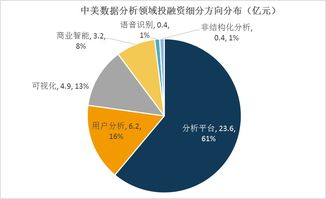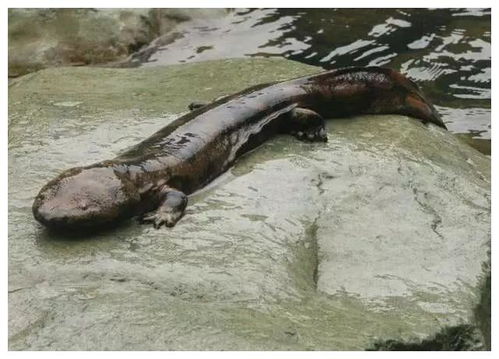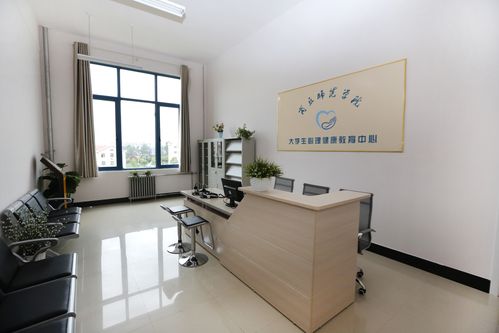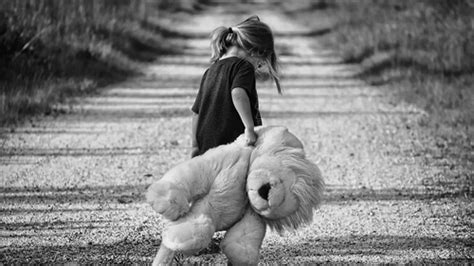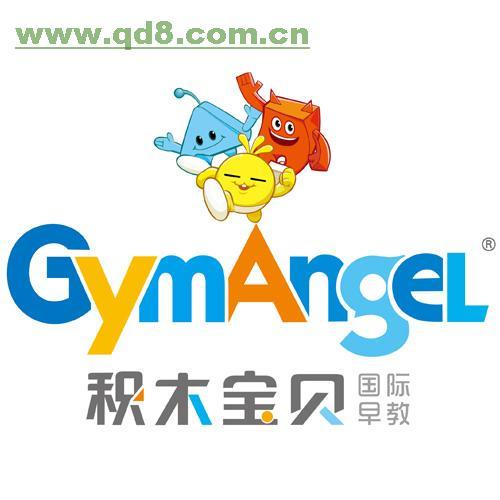亲子早教
Title: Designing an Effective Early Childhood Education Curriculum for 3 to 6YearOlds
Creating a comprehensive early childhood education curriculum for children aged 3 to 6 requires careful consideration of their developmental needs, interests, and learning styles. This crucial stage lays the foundation for lifelong learning, social skills, and cognitive development. Here's a structured guide for designing a holistic curriculum:
Understanding Developmental Milestones:
1.
Physical Development:
Fine motor skills: Activities like drawing, cutting, and threading beads.
Gross motor skills: Running, jumping, climbing, and balancing exercises.
2.
Cognitive Development:
Problemsolving: Puzzles, sorting games, and simple experiments.
Language development: Storytelling, rhyming games, and vocabularybuilding activities.
3.
Social and Emotional Development:
Cooperative play: Group activities, sharing games, and roleplaying.
Emotional literacy: Identifying and expressing emotions through stories and art.
4.
Creative Development:
Arts and crafts: Painting, sculpting, and imaginative play.
Music and movement: Dancing, singing, and exploring different rhythms.
Structuring the Curriculum:
1.
Daily Routines:
Establish consistent routines for meals, playtime, rest, and learning activities.
Incorporate elements of free play, structured activities, and quiet time.
2.
Thematic Units:
Choose ageappropriate themes like animals, nature, community helpers, or seasons.
Integrate various subjects such as math, science, language, and art into each theme.
3.
Handson Learning:
Provide experiential learning opportunities through sensory activities, field trips, and experiments.
Encourage exploration and discovery with openended materials and play stations.
4.
Individualized Learning:
Assess each child's strengths, interests, and areas for growth.
Offer differentiated activities and learning centers to accommodate diverse learning styles.
Key Components of the Curriculum:
1.
Language and Literacy:

Readaloud sessions with diverse books and stories.
Phonics instruction and letter recognition games.
Writing activities such as tracing letters and journaling.
2.
Mathematics:
Counting games and number recognition activities.
Sorting, patterning, and basic addition/subtraction concepts.
Handson manipulatives like blocks, beads, and puzzles.
3.
Science and Nature:
Exploration of the natural world through observation and experimentation.
Activities focusing on plants, animals, weather, and basic scientific concepts.
Outdoor experiences such as nature walks and gardening.
4.
Social Studies:
Learning about different cultures, traditions, and communities.
Roleplaying activities to understand social roles and responsibilities.
Introduction to basic geography and map skills.
5.
Arts and Creativity:
Visual arts activities including drawing, painting, and collage.
Music and movement sessions with rhythm instruments and dance.
Dramatic play and storytelling to foster imagination and selfexpression.
Evaluation and Adaptation:
1.
Observation and Assessment:
Regular observation of children's progress and interests.
Informal assessments through conversations, play, and work samples.
2.
Feedback and Reflection:
Gather input from teachers, parents, and caregivers.
Reflect on the effectiveness of activities and make adjustments as needed.
3.
Flexibility and Differentiation:
Modify the curriculum to accommodate individual learning paces and needs.
Continuously update and refine based on feedback and new research in early childhood education.
Conclusion:
Designing a comprehensive early childhood education curriculum for 3 to 6yearolds involves a balance of structured learning experiences and childdirected exploration. By understanding developmental milestones, structuring the curriculum effectively, and incorporating key components such as language development, mathematics, science, social studies, and arts, educators can create a rich and engaging learning environment that nurtures children's holistic development. Regular evaluation and adaptation ensure that the curriculum remains responsive to the needs and interests of each child, laying a strong foundation for their future learning journey.




